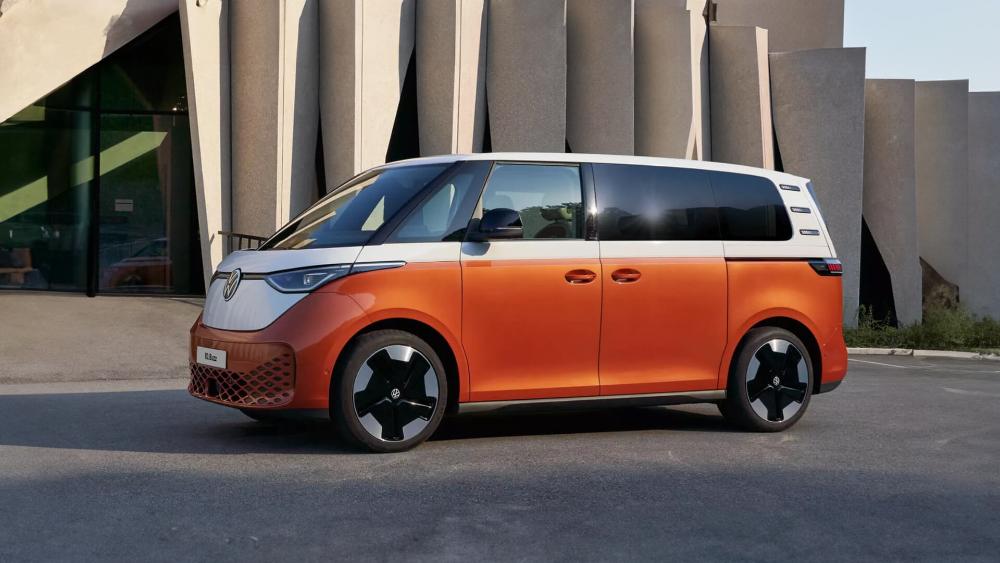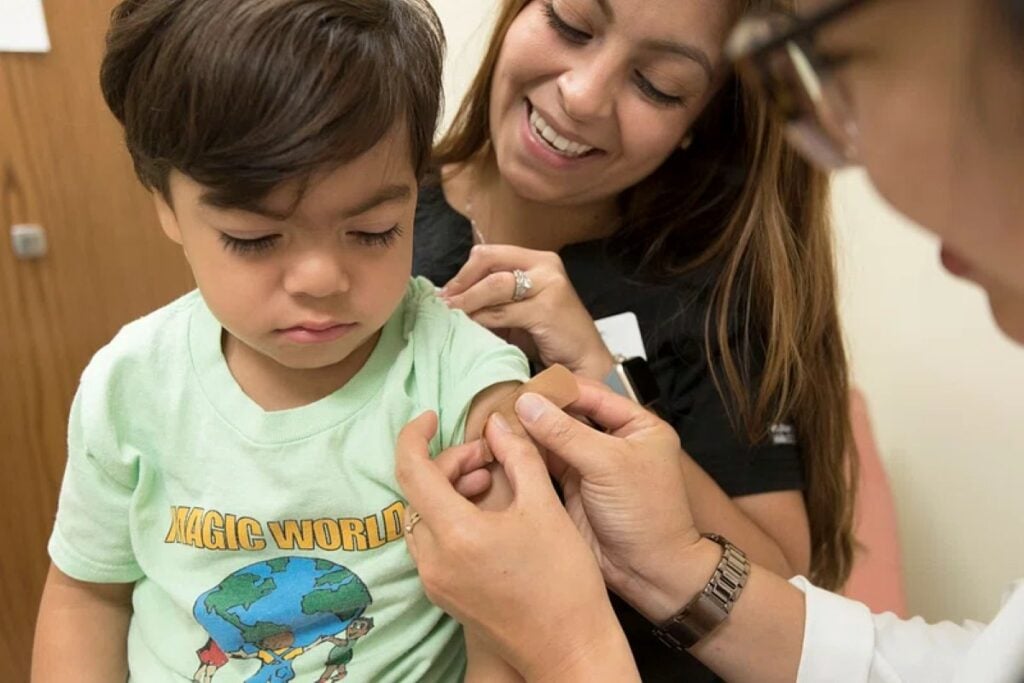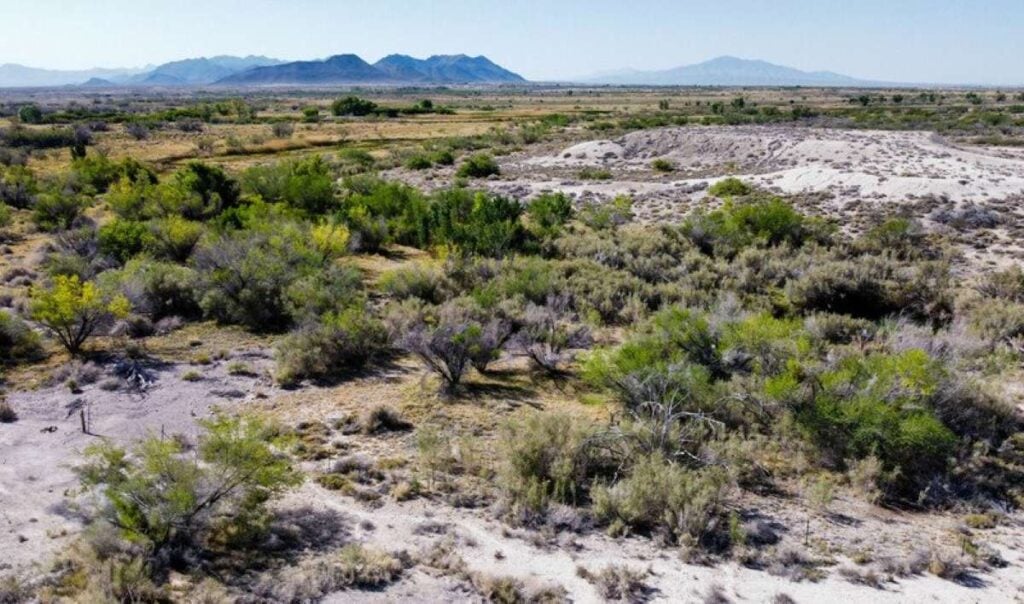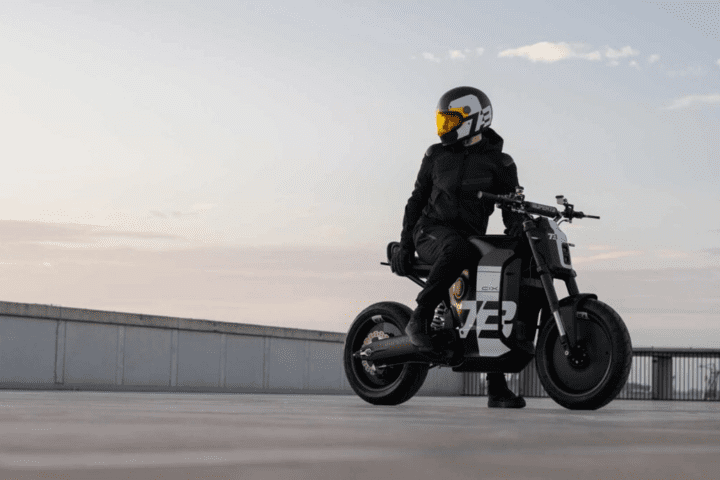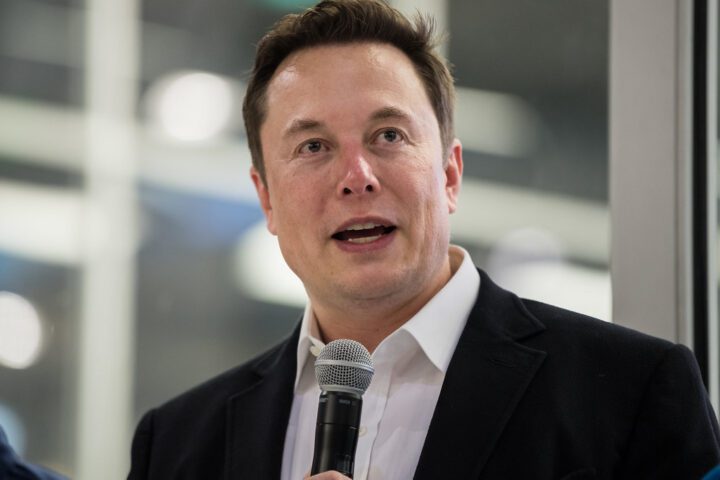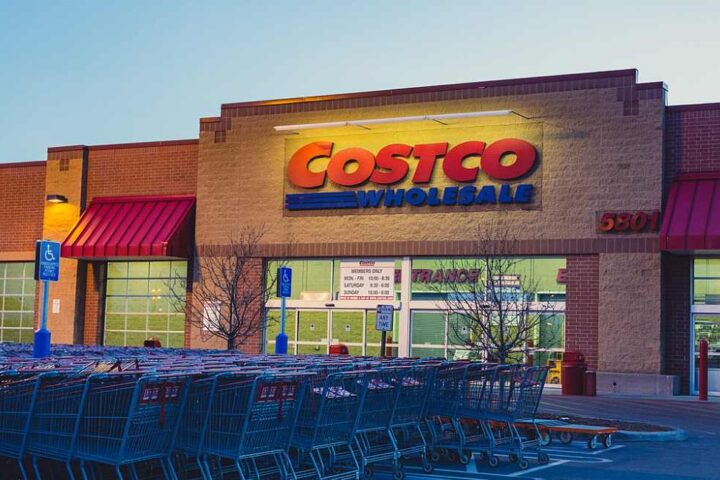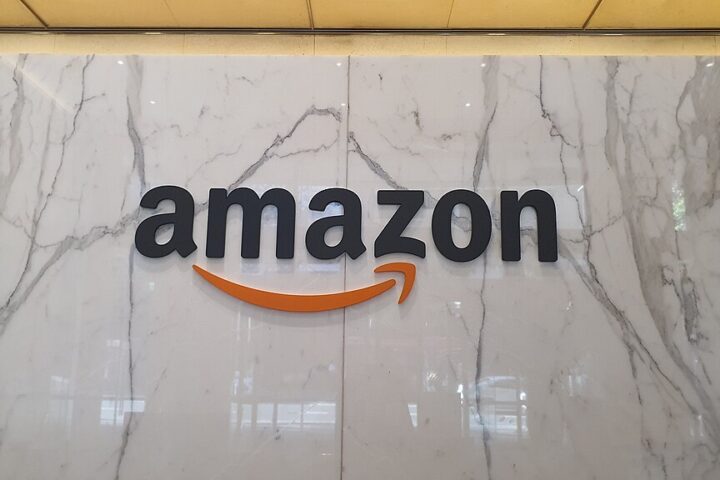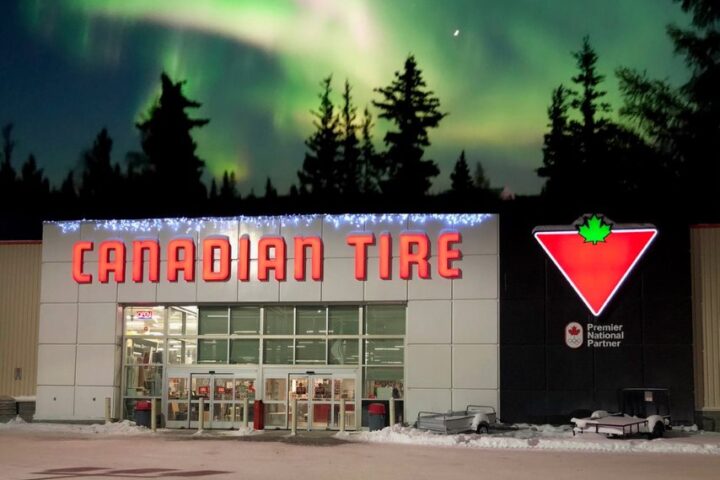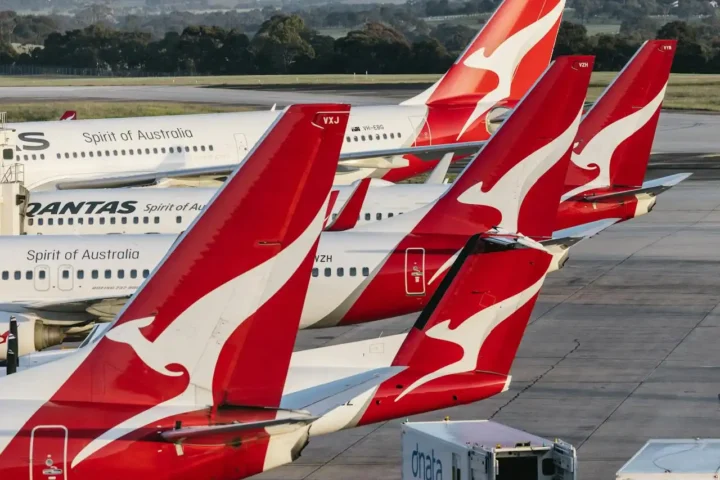Volkswagen is joining forces with Uber to put thousands of self-driving electric vans on American roads. The companies will launch their taxi service in Los Angeles by late 2026, using Volkswagen’s all-electric ID. Buzz AD vehicles.
The vans come loaded with safety technology: 13 cameras, nine LiDAR sensors, and five radar sensors that help the vehicle “see” everything around it. This is much more safety equipment than what Tesla uses in its self-driving cars.
Testing with human backup drivers starts later this year, with plans to remove the drivers completely by 2027 once safety testing is complete and government approvals are secured. This partnership comes as more companies race to offer robot taxis in major cities.
Unlike tech companies like Waymo, Volkswagen wants to make and sell the vehicles rather than run the taxi service itself. The company will provide not just the vans but also the computer systems that manage the fleet. This lets Volkswagen focus on making vehicles while Uber handles getting customers.
This new business direction comes right when Volkswagen is struggling with money problems. U.S. tariffs cost the company €1.3 billion in just six months of 2025. Moving into taxi services could help make up for some of these losses.
Similar Posts
For everyday people, these self-driving vans could mean more reliable, cleaner transportation options. The ID. Buzz has doors that open and close by themselves, and enough room for four people plus suitcases. This means a family could take one vehicle to the airport instead of needing two smaller taxis.
Experts predict the robotaxi market will grow from $4.4 billion now to about $125 billion in less than ten years, showing why both companies are eager to get started.
“We can’t wait to launch in Los Angeles late next year,” said Dara Khosrowshahi, Uber’s CEO. “This marks a significant milestone in the advancement of autonomous mobility.”

For city dwellers, these electric vehicles could mean cleaner air, less traffic, and potentially cheaper rides in the future. The vans run on electricity instead of gas, creating less pollution. People without cars might find it easier to get around, especially in areas with poor public transportation.
The success of this venture depends on whether governments approve the technology, if people trust self-driving vehicles, and if the companies can keep the service safe and affordable for everyday riders.
